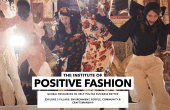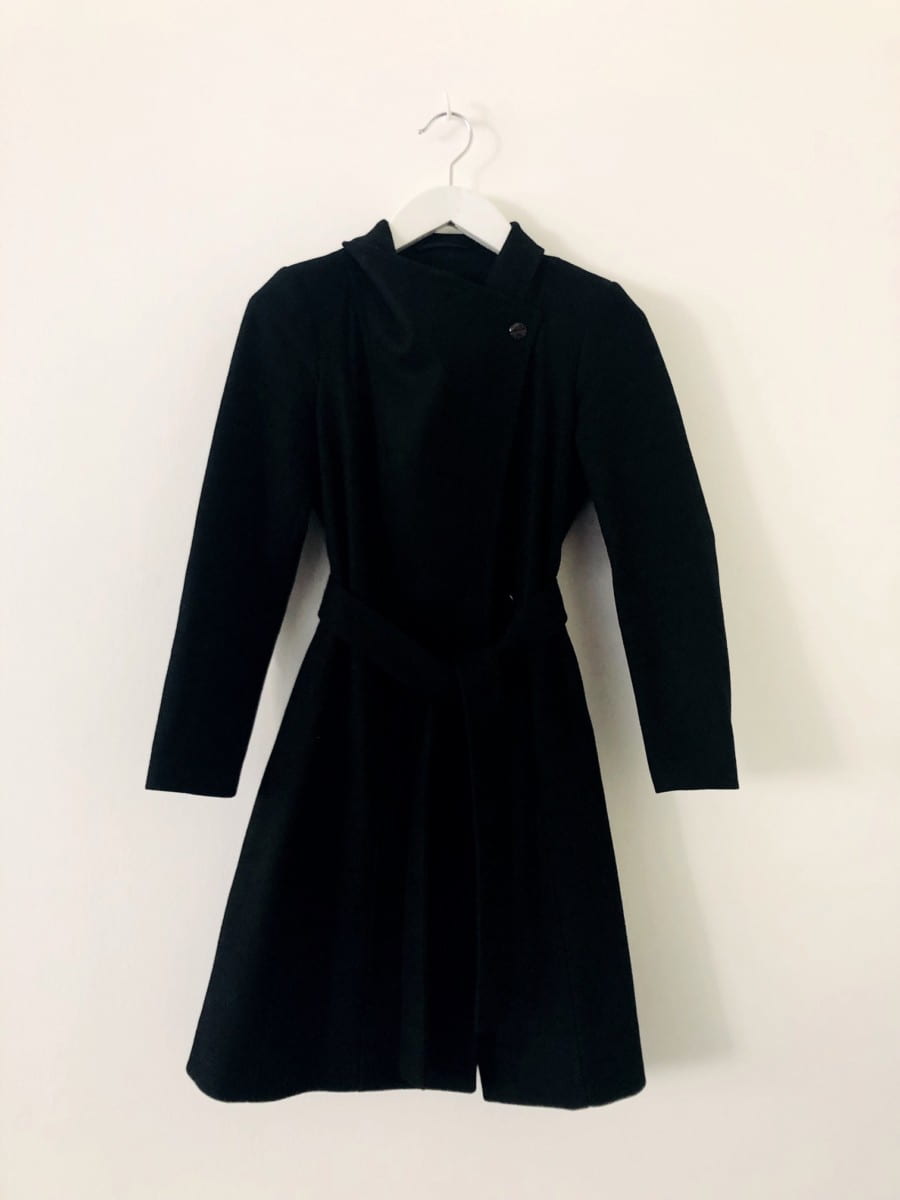In his essay, Dialogue between Fashion and Death, Giacomo Leppardi has Fashion making the case to Death that as sisters: “I’m saying that it is our nature and our custom to keep renovating the world.” Fashion then draws a number of parallels between the two of them. He makes his case, pointing out that:
“I persuade and force all genteel men to endure daily a thousand hardships and a thousand discomforts and often pain and torment and I even get some of them to die gloriously for love of me”.
Leopardi died in 1837; he mocked the torments and discomforts that people in his time resorted to in the hope of making themselves fashionable, youthful and beautiful; yet they were as nothing compared to what we do today. Often shoes appear to be designed deliberately for discomfort, while guaranteeing future foot and back problems. Stomachs must be flat, fat and wrinkles non-existent, which are the consequence of rigorous dieting, creams and ultimately for some, the scalpel.
The dictionary definition of regeneration emphasises its restorative qualities, which are applied to the renewal of the spirit as well as the body, however, in the 21st century it is the physical that dominates.

Laura Anne McNair. BA (Hons) Fashion: Specialist Make Up
Fashion, of course, has a constant focus on the next and the new: every six months designers and stylists find innovative ways of dressing that work with the contemporary hair styles and make-up ranges that are created to go with them. No wonder the physical dominates this constant regeneration. It is understandable that the push we have to renew our wardrobes should also result in us constantly focusing on the passage of time and perfection. As consumers, we are forever reminded to ask ourselves whether what we brought last season or how we looked last year is still fashionable. Little wonder at the steady rise in cosmetic surgery: constant change reinforces the significance of the new, the young, the youthful.
For some time, researchers have been looking at the influence of the media on shaping consumer attitudes. While on the one hand different groups and sub cultures sift and sort information, filtering out that which doesn’t fit with their values, there is also a recognition that those with low confidence and self esteem are influenced by the media – and fashion has a very close relationship with the media. In Fat Is A Feminist Issue, Susie Orbach argues that female identity is now inextricably linked to body image leading to conditions such as anorexia, bulimia, while insecurities over ageing lead to cosmetic surgery. Orbach postulates that body hatred is our greatest western export, fuelled by the mass media’s essentially misogynist perceptions of female beauty.
For fashion is about much more than selling clothes, people buy into a whole way of looking. In our global village where consumerism reigns, Japanese and Chinese women have their eyes altered, Iranian women have their noses amended as we all try to fit into standardised, set notions of beauty that we are reminded of every six months.

Su Hyun Kang. BA (Hons) Make Up and Prosthetics for Performance
Despite this bleak out look and the sense that few corners of the world still exist where fashion and its media do not reach, there is a growing movement to have greater emphasis placed on difference. We should be celebrating age, ethnicity and a variety of body shapes and types. Regenerating our looks should not mean relying on medical interventions to try and turn back time, but instead we should mimic snakes so although we shed a skin we renew ourselves by accepting who we are and celebrating how we look at this particular point in our lives. We are all aware that, as societies and individuals, we are defined by our ethnicity, religion and gender and that fashion plays a central role in helping us express those aspects of our self that we see as important to how others read and value us.
There are some designers who create in this way- Yohji Yamamoto is the great exponent of timeless clothes that are designed to celebrate the female form but not through emphasising it in an overt way but through creating clothes that are designed to emphasise womens’ significance and strength. They are clothes that people who buy them say they feel like a second skin, that although new, feel as though they have been wearing them for years. They are clothes that people are still wearing 5 or 10 years later after the day they were purchased and they rarely throw or give them away. He is fascinated about how you incorporate ideas about the passage of time into clothes and how beautiful fabric reveals and works with time. He has said that “with my eyes turned to the past, I walk backwards to the future” -understanding where we come from and how we use that in going forward is for me central to any regeneration in our lives.
For Sublime Magazine. Issue 27 Regeneration




